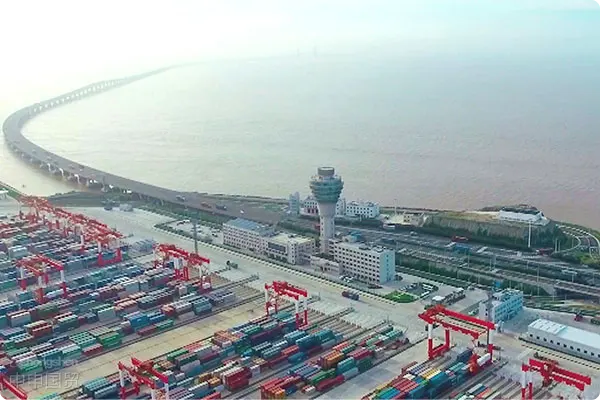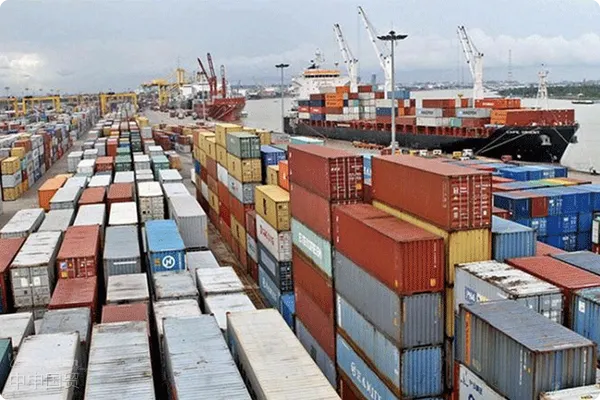- Shanghai Zhongshen International Trade Co., Ltd. - Two decades of trade agency expertise.
- Service Hotline: 139 1787 2118
On June 20, 2023, the EU officially released the European Economic Security Strategy, focusing on technology sectors and outlining actions to address risks. Below are its core elements:
I. Background
The strategy establishes a three-pillar approach:
Strengthening the EUs economic base and competitiveness;
Preventing potential risks;
Building broad partnerships to jointly address risks and challenges.
II. Definition of Key Technology Areas
Per the European Commissions recommendations, these four technology domains are identified as most sensitive to security and leakage risks:
Advanced Semiconductor Technology:As the core component in electronic devices, semiconductors play indispensable roles across communications, computing, energy, and other critical sectors.
Artificial Intelligence Technology:AI holds transformative potential in data processing and decision-making, particularly with large datasets.
Quantum Technology:Quantum technology development will revolutionize multiple fields, especially in civilian and military applications.
Biotechnology:From agriculture to healthcare, biotechnology drives innovation and transformation.
Below is the list of 10 key technology areas impacting EU economic security
| Technology Areas | List products by SKU, indicating gross weight/net weight (The US customs has a relatively high sampling ratio by weight) |
|---|---|
| Advanced semiconductor technology | – Microelectronics, including processors – Photonics technology, including high-energy lasers – High-frequency chips – Semiconductor manufacturing equipment at very advanced node sizes |
| Artificial intelligence technology | – High-performance computing – Cloud and edge computing – Data analysis technology – Computer vision, language processing, object recognition |
| Quantum technology | – Quantum computing – Quantum cryptography – Quantum communication – Quantum sensing and radar |
| Biotechnology | – Genetic modification technology – New genomic technologies – Gene drives – Synthetic biology |
| Advanced connectivity, navigation and digital technologies | – Secure digital communications and connectivity, such as RAN and Open RAN – Network monitoring, security and intrusion systems, digital forensics – Internet of Things and virtual reality – Distributed ledger and digital identification technologies – Guidance, navigation and control technologies, including avionics and maritime positioning |
| Advanced sensing technologies | – Optoelectronic, radar, chemical, biological, radiation and distributed sensing – Magnetometers, magnetic gradiometers – Underwater electric field sensors – Gravimeters and Gradiometers |
| Space and Propulsion Technologies | – Dedicated space-focused technologies, from component to system level – Space surveillance and Earth observation technologies – Space-based Positioning, Navigation and Timing (PNT) – Secure communications, including Low Earth Orbit (LEO) connectivity – Propulsion technologies, including hypersonic aircraft and military components |
| Energy Technologies | – Nuclear fusion technologies, reactors and power generation technologies, radioisotope conversion/enrichment/recovery technologies – Hydrogen and new fuels – Net-zero technologies, includingphotovoltaicTechnology Smart grids and energy storage, batteries |
| Robotics and Autonomous Systems | – Unmanned vehicles (air, land, surface and underwater) – Robotics and robotically controlled precision systems – Exoskeletons – Artificial intelligence systems |
| Advanced Materials, Manufacturing and Recycling Technologies | – Nanomaterials technology, smart materials, advanced ceramic materials, stealth materials, secure and sustainable design materials Additive manufacturing, including on-site manufacturing – Digitally controlled micro-precision manufacturing and small-scale laser processing/welding – Extraction, processing and recycling technologies for critical raw materials (including hydrometallurgical extraction, bioleaching, nanotechnology-based filtration, electrochemical processing and black mass) |
III. Risk Management and Follow-up Actions
Initiate risk assessment:The EU will work with Member States to conduct collective risk assessments on the four technology areas mentioned above.
Open dialogue:The Commission will engage in open dialogue with Member States regarding the appropriate timeline and scope of the risk assessment.
Further measures:Based on this dialogue and initial experience from preliminary risk assessments, the Commission may propose further measures by spring 2024.
Related Recommendations
? 2025. All Rights Reserved. 滬ICP備2023007705號(hào)-2  PSB Record: Shanghai No.31011502009912
PSB Record: Shanghai No.31011502009912










